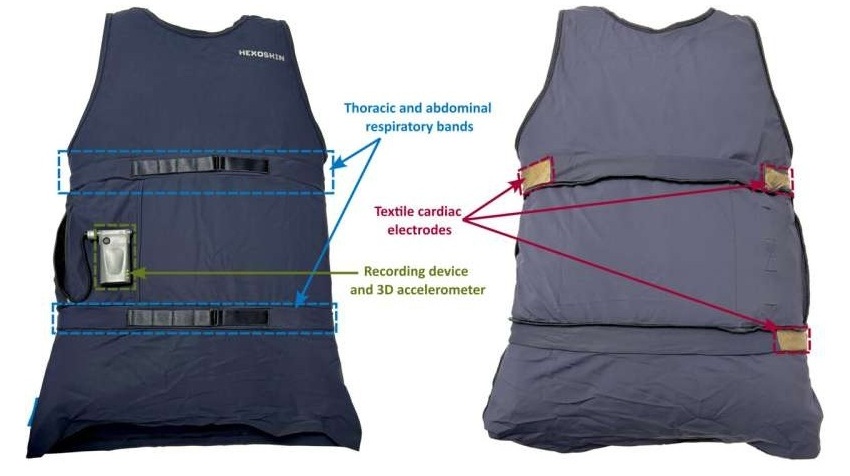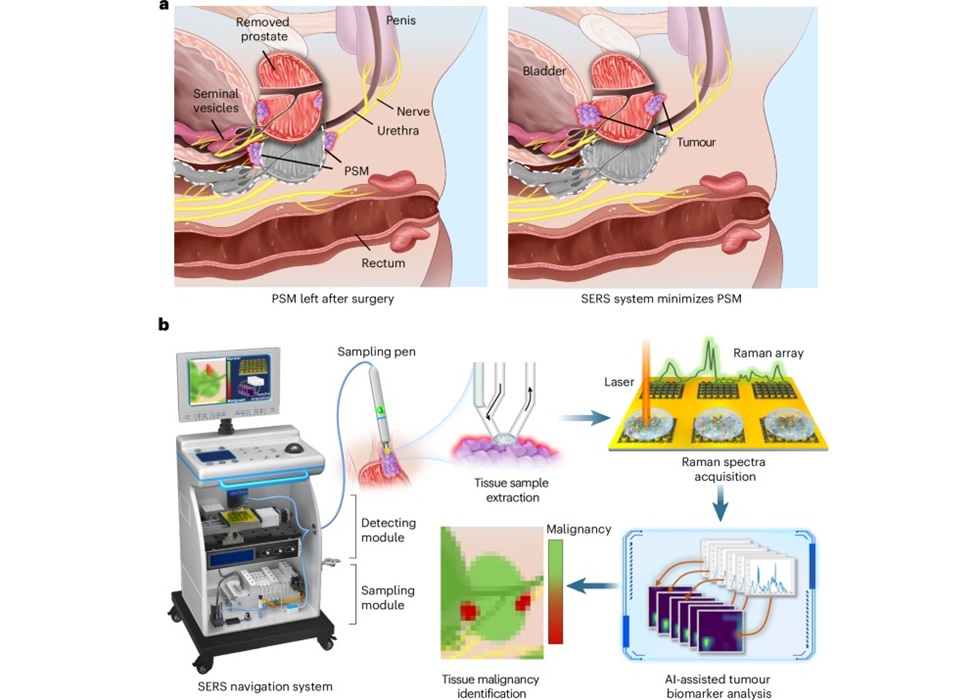Opioids Responsible for Neonatal Abstinence Syndrome Increase
|
By HospiMedica International staff writers Posted on 29 Jun 2017 |
The incidence of neonatal abstinence syndrome (NAS) due to opioid use during pregnancy is increasing dramatically in the United States, according to a new study.
Researchers at Penn State College of Medicine (Hershey, PA, USA) conducted a retrospective, observational study to measure the inflation-adjusted health care provider costs and length of hospital stay for 27,943 patients with NAS, comparing them to data from 3,783,629 infants without NAS. The results showed that between 2003 and 2012, NAS admissions increased more than fourfold, resulting in a surge in annual costs from USD 61 million and 67,869 hospital days in 2003, to nearly USD 316 million and 291,168 hospital days in 2012.
The results also revealed that for an infant affected by NAS, the hospital stay was nearly 3.5 times as long (16.57 hospital days) compared with just 4.98 days for a non-NAS patient. The added costs were more than three times greater, at USD 16,893, compared with USD 5,610 for a non-affected infant. According to the researchers, increased public health initiatives are needed to target, educate, and provide resources for women of reproductive age to decrease in-utero drug exposure. The study was published on June 14, 2017, in Addiction.
“Opioid use during pregnancy comes at a cost to the baby, both in potential withdrawal symptoms as well as length of hospital admission. State policies vary in their treatment of pregnant women who have a substance abuse problem,” concluded lead author Tammy Corr, DO, of the division of newborn medicine, and colleagues. “Rather than treating substance abuse as a crime, which may discourage expectant mothers from seeking help, we need drug treatment programs that are specifically targeted to pregnant women.”
NAS is a constellation of symptoms that occur in newborn infants exposed to addictive illegal or prescription drugs in utero. Infants affected by NAS typically show a number of neurological symptoms and behaviors, such as tremors and seizures, as well as poor feeding and gastrointestinal dysfunction. Standard management of NAS involves administration of opioids for opioid withdrawal, with additional medications for stubborn cases or instances of multi-drug exposure. This drug administration has been performed traditionally in the hospital setting, consuming valuable and finite hospital resources.
Related Links:
Penn State College of Medicine
Researchers at Penn State College of Medicine (Hershey, PA, USA) conducted a retrospective, observational study to measure the inflation-adjusted health care provider costs and length of hospital stay for 27,943 patients with NAS, comparing them to data from 3,783,629 infants without NAS. The results showed that between 2003 and 2012, NAS admissions increased more than fourfold, resulting in a surge in annual costs from USD 61 million and 67,869 hospital days in 2003, to nearly USD 316 million and 291,168 hospital days in 2012.
The results also revealed that for an infant affected by NAS, the hospital stay was nearly 3.5 times as long (16.57 hospital days) compared with just 4.98 days for a non-NAS patient. The added costs were more than three times greater, at USD 16,893, compared with USD 5,610 for a non-affected infant. According to the researchers, increased public health initiatives are needed to target, educate, and provide resources for women of reproductive age to decrease in-utero drug exposure. The study was published on June 14, 2017, in Addiction.
“Opioid use during pregnancy comes at a cost to the baby, both in potential withdrawal symptoms as well as length of hospital admission. State policies vary in their treatment of pregnant women who have a substance abuse problem,” concluded lead author Tammy Corr, DO, of the division of newborn medicine, and colleagues. “Rather than treating substance abuse as a crime, which may discourage expectant mothers from seeking help, we need drug treatment programs that are specifically targeted to pregnant women.”
NAS is a constellation of symptoms that occur in newborn infants exposed to addictive illegal or prescription drugs in utero. Infants affected by NAS typically show a number of neurological symptoms and behaviors, such as tremors and seizures, as well as poor feeding and gastrointestinal dysfunction. Standard management of NAS involves administration of opioids for opioid withdrawal, with additional medications for stubborn cases or instances of multi-drug exposure. This drug administration has been performed traditionally in the hospital setting, consuming valuable and finite hospital resources.
Related Links:
Penn State College of Medicine
Latest Patient Care News
- Revolutionary Automatic IV-Line Flushing Device to Enhance Infusion Care
- VR Training Tool Combats Contamination of Portable Medical Equipment
- Portable Biosensor Platform to Reduce Hospital-Acquired Infections
- First-Of-Its-Kind Portable Germicidal Light Technology Disinfects High-Touch Clinical Surfaces in Seconds
- Surgical Capacity Optimization Solution Helps Hospitals Boost OR Utilization

- Game-Changing Innovation in Surgical Instrument Sterilization Significantly Improves OR Throughput
- Next Gen ICU Bed to Help Address Complex Critical Care Needs
- Groundbreaking AI-Powered UV-C Disinfection Technology Redefines Infection Control Landscape
- Clean Hospitals Can Reduce Antibiotic Resistance, Save Lives
- Smart Hospital Beds Improve Accuracy of Medical Diagnosis
- New Fast Endoscope Drying System Improves Productivity and Traceability
- World’s First Automated Endoscope Cleaner Fights Antimicrobial Resistance
- Portable High-Capacity Digital Stretcher Scales Provide Precision Weighing for Patients in ER
- Portable Clinical Scale with Remote Indicator Allows for Flexible Patient Weighing Use
- Innovative and Highly Customizable Medical Carts Offer Unlimited Configuration Possibilities
- Biomolecular Wound Healing Film Adheres to Sensitive Tissue and Releases Active Ingredients
Channels
Critical Care
view channel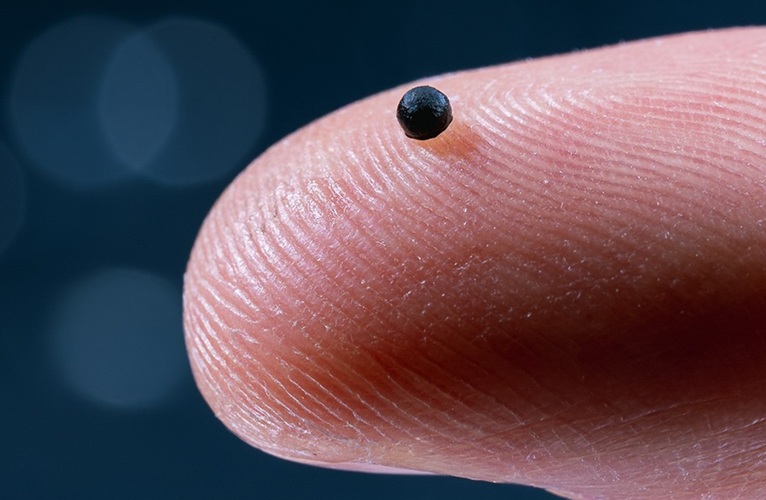
Magnetically Guided Microrobots to Enable Targeted Drug Delivery
Stroke affects 12 million people globally each year, often causing death or lasting disability. Current treatment relies on systemic administration of clot-dissolving drugs, which circulate throughout... Read more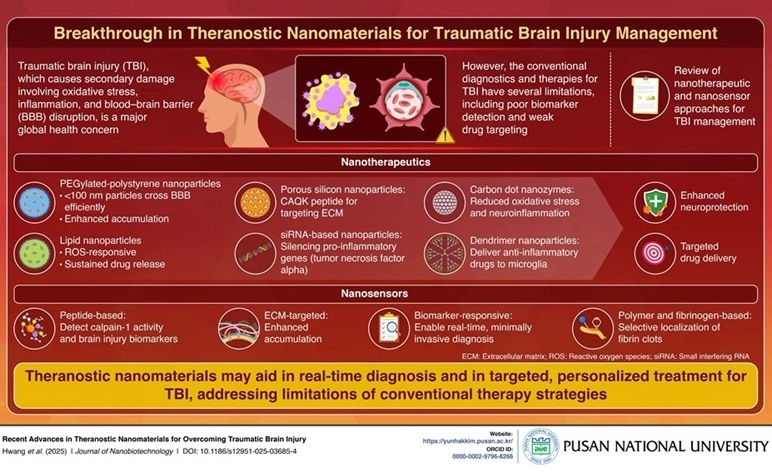
Smart Nanomaterials Detect and Treat Traumatic Brain Injuries Simultaneously
Traumatic brain injury (TBI) continues to leave millions with long-term disabilities every year. After a sudden impact from a fall, collision, or accident, the brain undergoes inflammation, oxidative stress,... Read more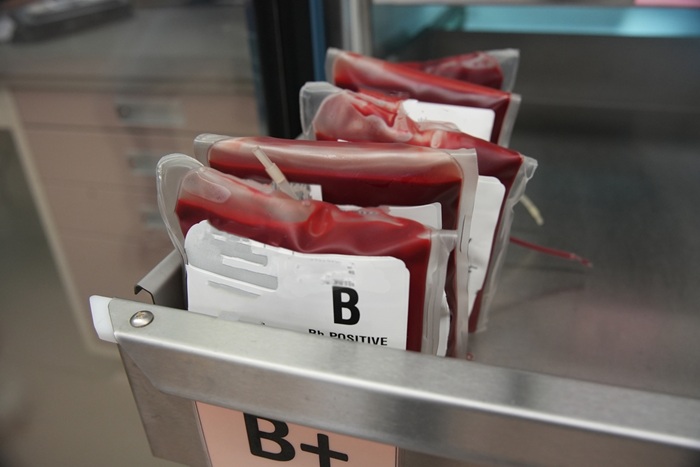
Earlier Blood Transfusion Could Reduce Heart Failure and Arrhythmia in Heart Disease Patients
Blood loss during or after surgery can place significant stress on people with heart disease, increasing the risk of dangerous complications. Transfusions are often delayed until hemoglobin levels fall... Read moreSurgical Techniques
view channel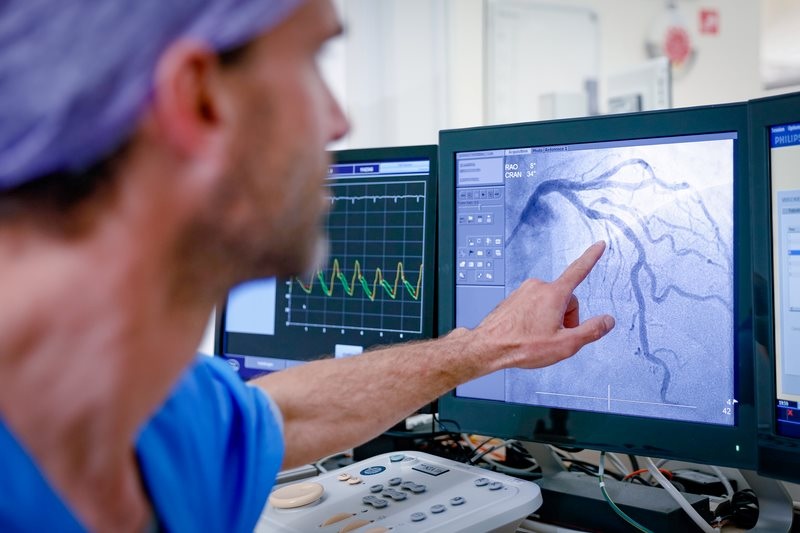
New Study Findings Could Halve Number of Stent Procedures
When a coronary artery becomes acutely blocked during a heart attack, opening it immediately is essential to prevent irreversible damage. However, many patients also have other narrowed vessels that appear... Read more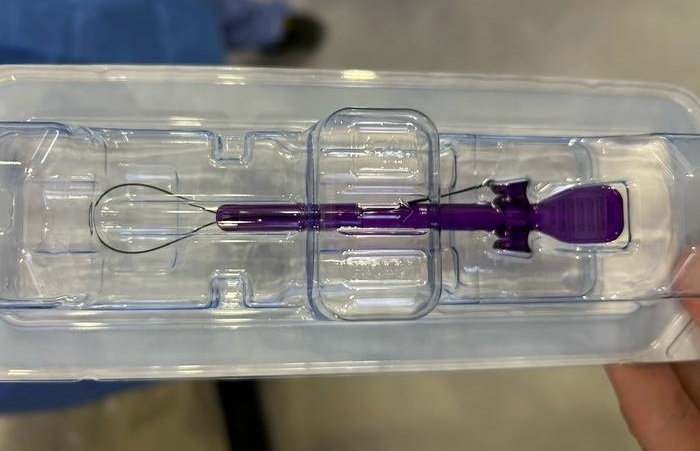
Breakthrough Surgical Device Redefines Hip Arthroscopy
Hip arthroscopy has surged in popularity, yet surgeons still face major mechanical constraints when navigating deep joint spaces through traditional cannulas. Limited tool mobility and the need for an... Read moreHealth IT
view channel
EMR-Based Tool Predicts Graft Failure After Kidney Transplant
Kidney transplantation offers patients with end-stage kidney disease longer survival and better quality of life than dialysis, yet graft failure remains a major challenge. Although a successful transplant... Read more
Printable Molecule-Selective Nanoparticles Enable Mass Production of Wearable Biosensors
The future of medicine is likely to focus on the personalization of healthcare—understanding exactly what an individual requires and delivering the appropriate combination of nutrients, metabolites, and... Read moreBusiness
view channel
Philips and Masimo Partner to Advance Patient Monitoring Measurement Technologies
Royal Philips (Amsterdam, Netherlands) and Masimo (Irvine, California, USA) have renewed their multi-year strategic collaboration, combining Philips’ expertise in patient monitoring with Masimo’s noninvasive... Read more
B. Braun Acquires Digital Microsurgery Company True Digital Surgery
The high-end microsurgery market in neurosurgery, spine, and ENT is undergoing a significant transformation. Traditional analog microscopes are giving way to digital exoscopes, which provide improved visualization,... Read more
CMEF 2025 to Promote Holistic and High-Quality Development of Medical and Health Industry
The 92nd China International Medical Equipment Fair (CMEF 2025) Autumn Exhibition is scheduled to be held from September 26 to 29 at the China Import and Export Fair Complex (Canton Fair Complex) in Guangzhou.... Read more












